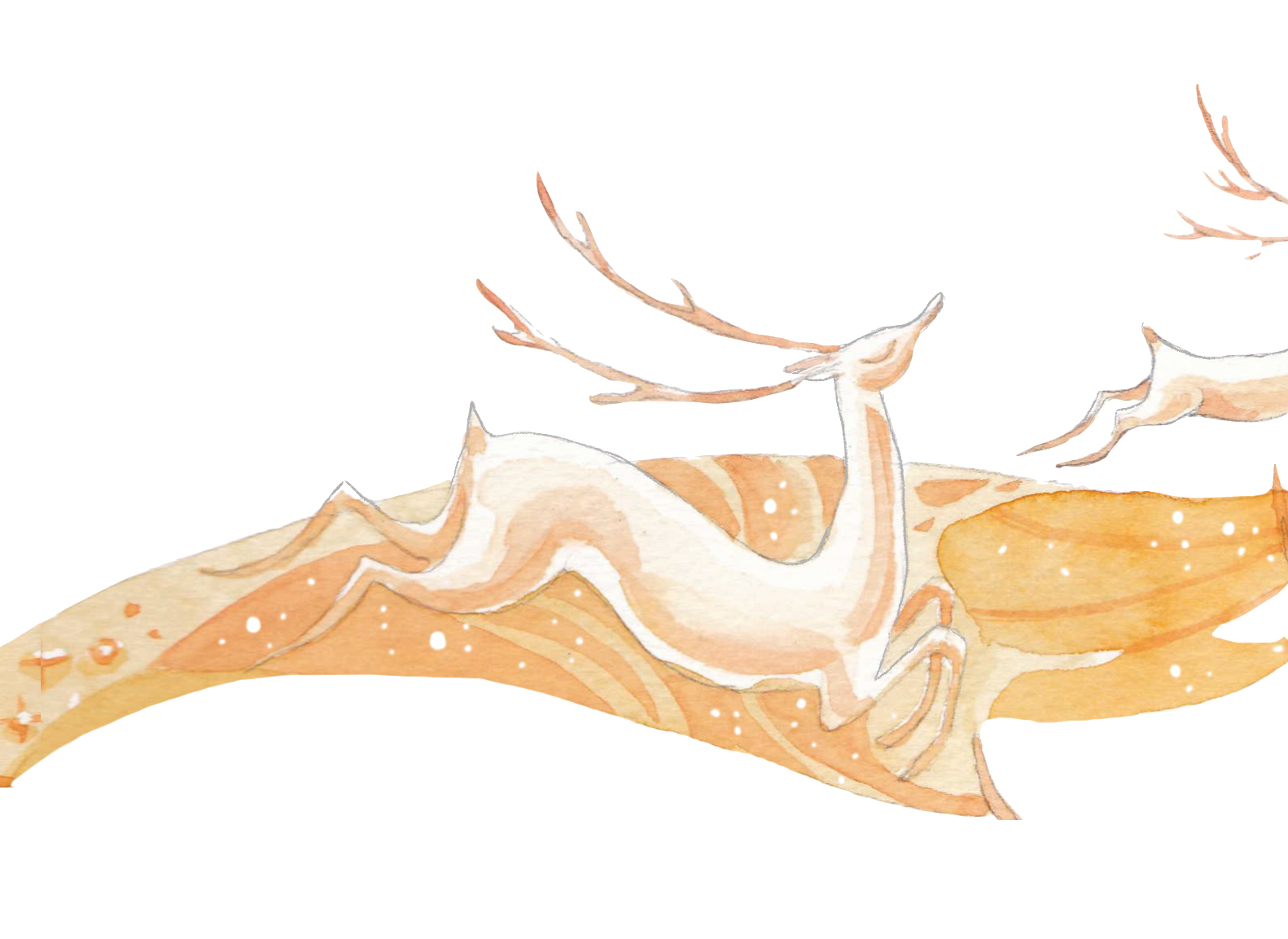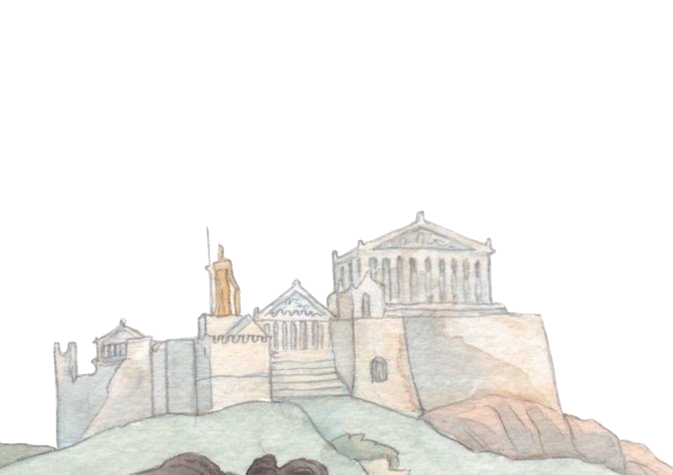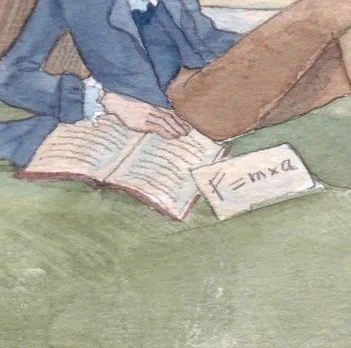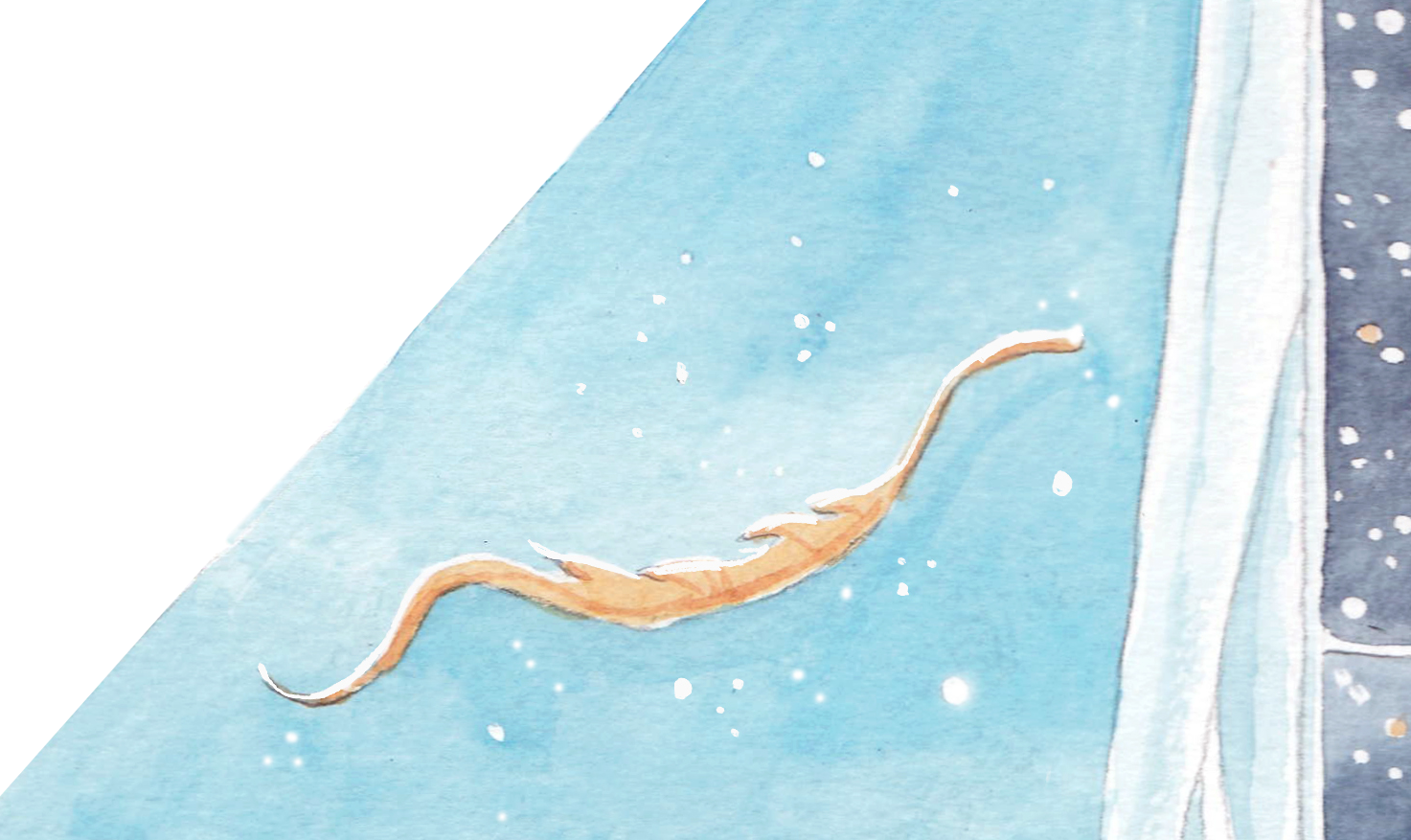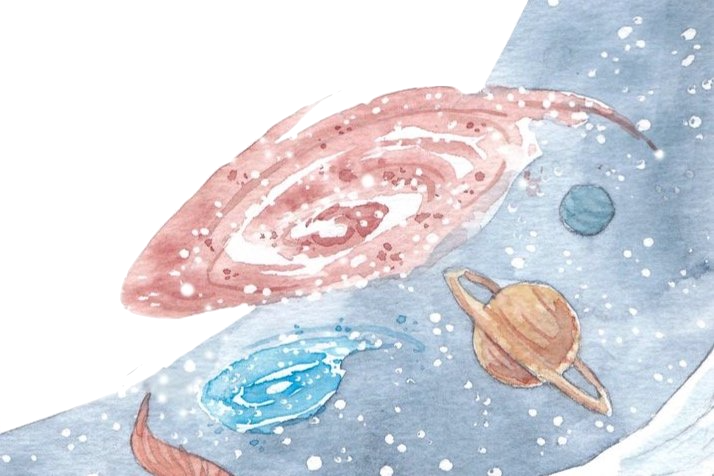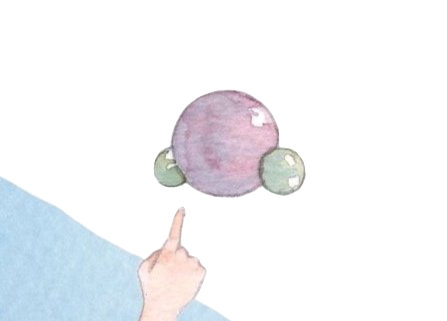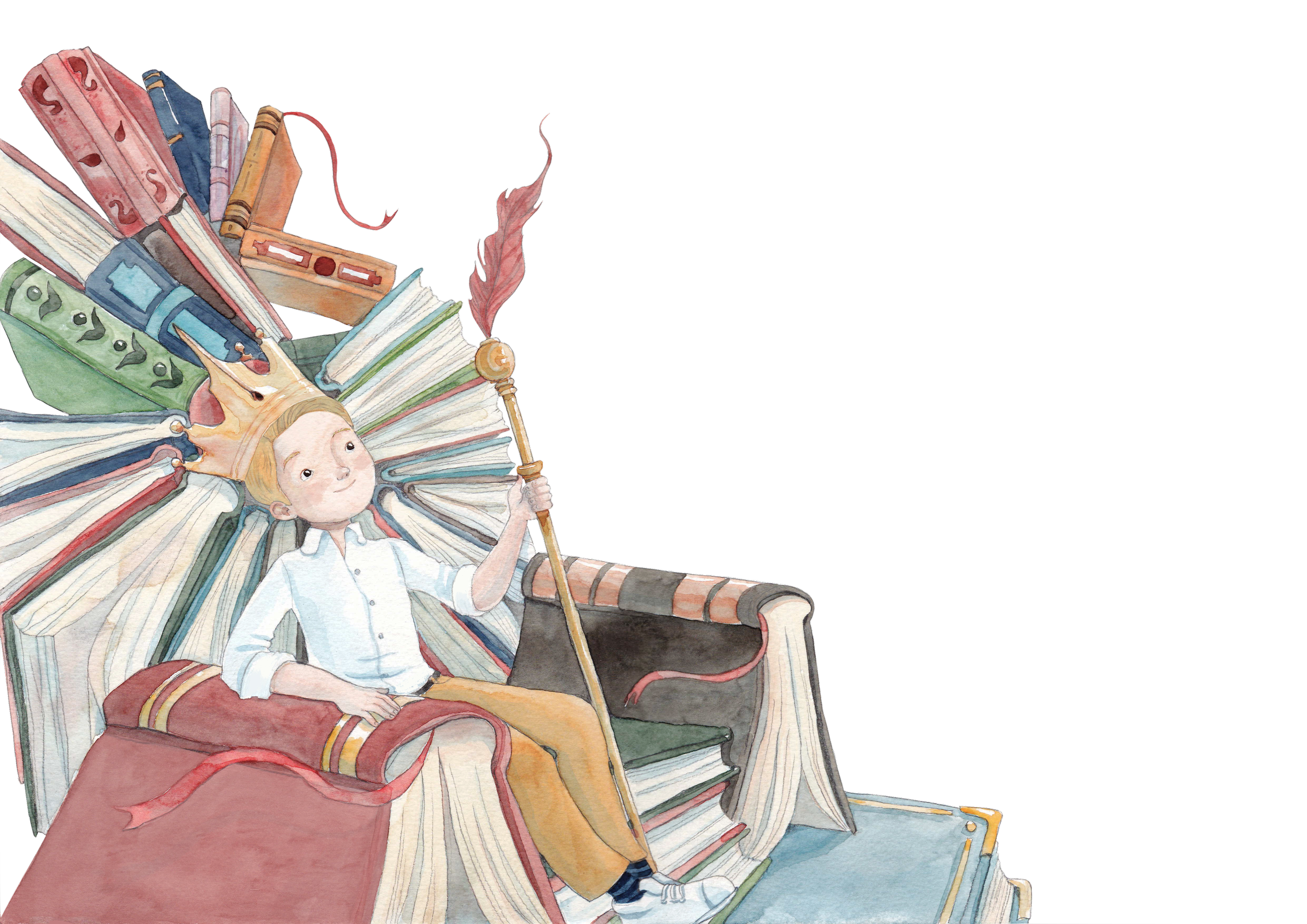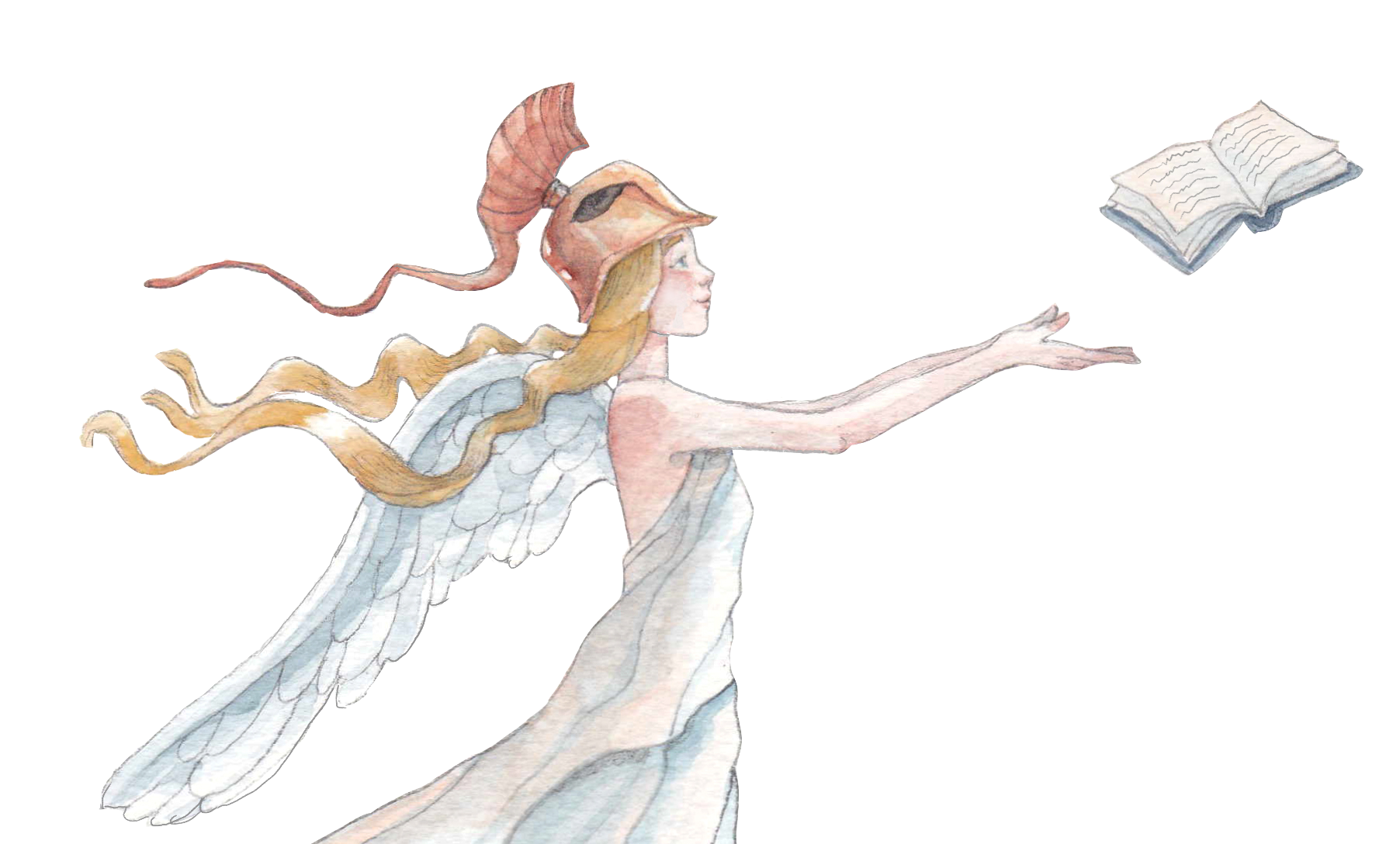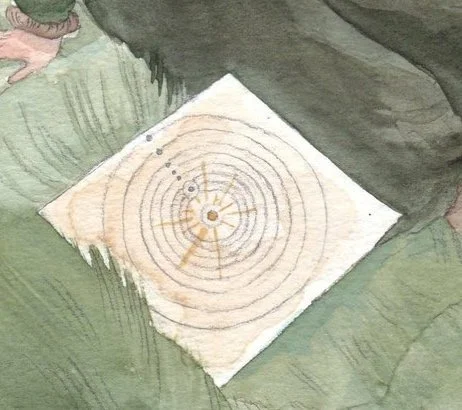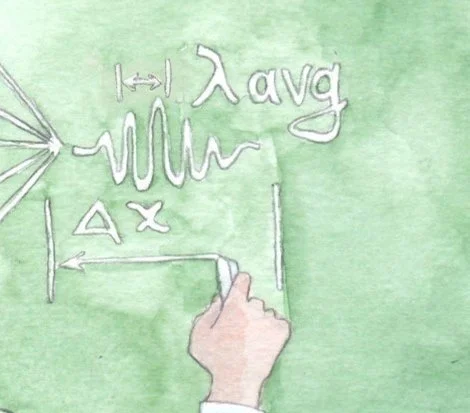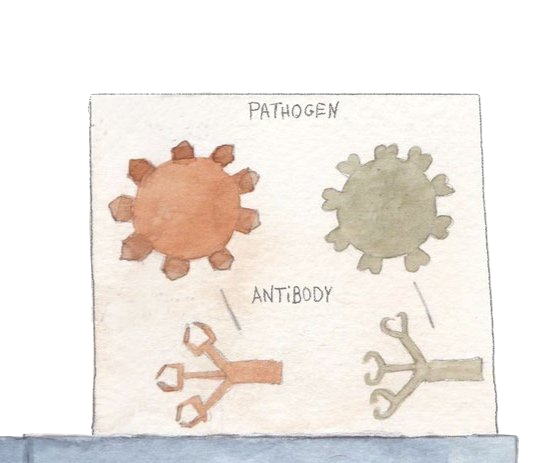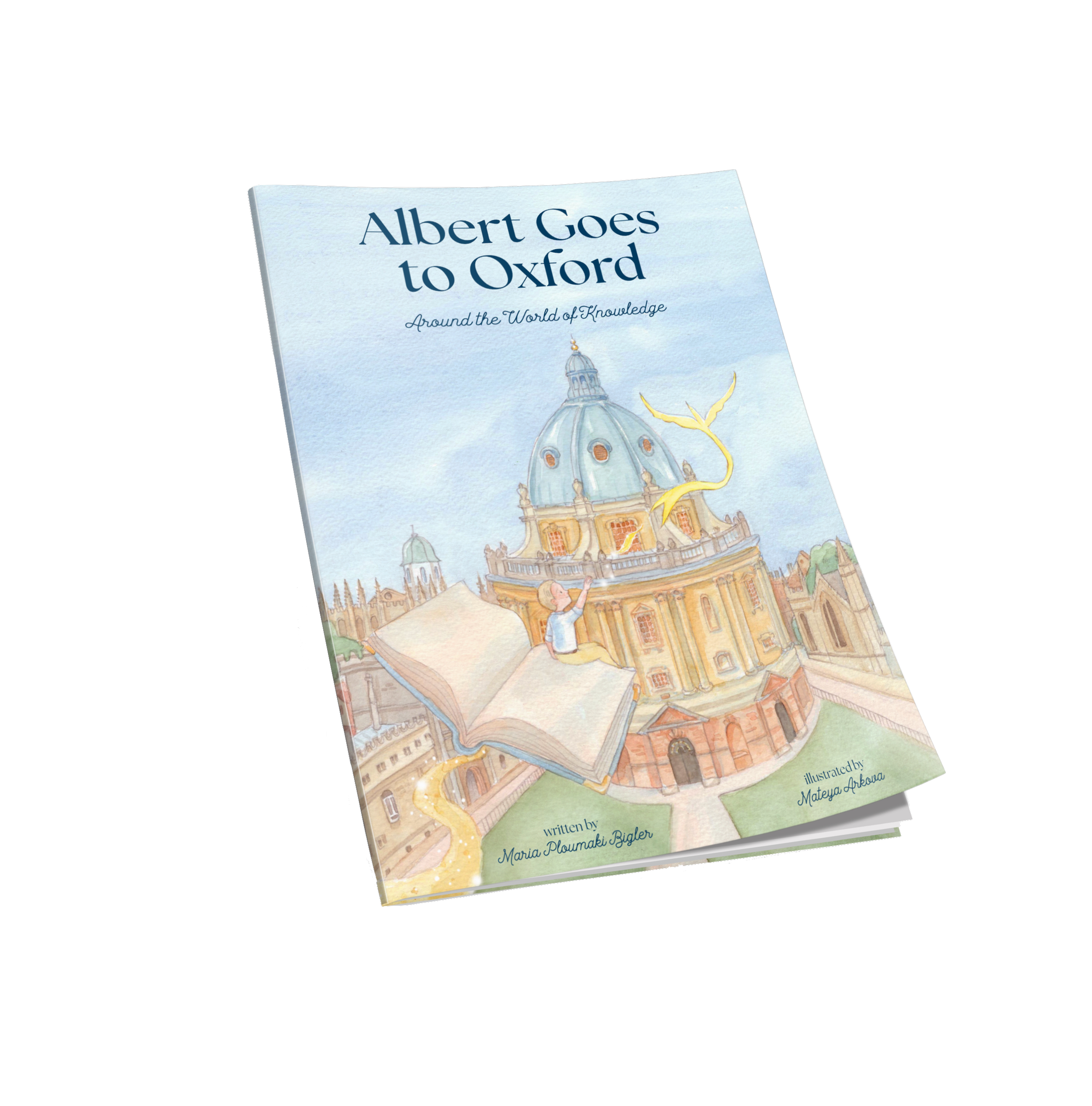Explore 20 fantastic facts about the book
Details in the pages, foreshadowing of the next books, scientific illustrations, and representations of renowned landmarks of the past and present. Read the twenty fantastic facts about the book and find out details you might have otherwise missed.
The stags and the constellation visible through the window in the first scene of the book are foreshadowing some of the elements in the next books.
The illustrations in the Bodleian library are actual representations of the Duke Humphrey library wing.
In the democracy scene we worked on getting as accurate as we could with regard to the clothes they wore and how they voted by raising their hand. In the background you will notice a gold statue on top of the Parthenon. In the ancient years it was known as the gold-ivory statue of Goddess Athena, which disappeared later in history.
In the Newton scene you can notice a page on the grass with the equation of Newton’s second law of motion. The building backdrop is the actual building of Trinity College at Cambridge University, where there is the commemorative Newton’s apple tree. There is however no proof that an apple actually fell on Newton’s head, with the story probably being a myth dramatizing what actually happened.
Albert playing with the train in the scene with Einstein is an actual demonstration of the special theory of relativity which you can read more about in our ‘Scientific Illustrations’ section. Written on the blackboard is the actual equation of special relativity, E=mc2. Fun fact: The puppy on the armchair is our Yorkie, Ernesto.
The scene with the Oxford skyline in the back is an actual representation of Oxford from Boars Hill.
The Hubble scene shows the old telescope Hubble was using, and more importantly the red and blue galaxies show the effect of doppler shift. Redshift and blueshift describe whether the light from an object appears lower frequency (Redshift) due to moving away from us, or higher frequency (Blueshift) due to moving towards us. To learn more about the concept read our scientific illustrations section.
The feather floating in the air in the second scene is a clue left behind from the birds.
The Bodleian oath really exists and it reads “I hereby undertake not to remove from the Library, nor to mark, deface, or injure in any way, any volume, document or other object belonging to it or in its custody; not to bring into the Library, or kindle therein, any fire or flame, and not to smoke in the Library; and I promise to obey all rules of the Library”.
The landmarks in the map scene are actual representations of the landmarks portrayed in the book, or close to the areas mentioned. From left to right: Wilson Observatory and the Liberty Bell in the US; Radcliffe Camera at Oxford University and King’s College at Cambridge University in the UK; Church of our Saviour in Copenhagen, Denmark; ETH in Zürich, Switzerland; Schloss Neuschwanstein in Germany; Parthenon in Athens and the Pythagoreion statue on Samos, Greece; Nicolaus Copernicus Planetarium in Torun, Poland; Pyramids in Egypt.
The sky in the first (modern) Athens scene with Sophia is a quill representing the words written in the books flying around.
In the space scene you can see actual constellations and planets, as well as the redshift and blueshift. The orange planet with the ring around it is Saturn.
In the atomic theory scene the molecule Albert is pointing at is the water molecule H2O: two atoms of hydrogen and one atom of oxygen.
The rhyme in the scene with the throne “a book among three crowns” is an actual description of the Oxford Coat of Arms.
Sophia is a mythical creature that is inspired by Athena, the Goddess of Wisdom, and Niki, the Goddess of Victory. She therefore symbolises the victory of wisdom. You can read more about the character development in the ‘Behind the Scenes’ section.
Pythagoras writing the Pythagorean Theorem in the sand could have been an actual sight to see. The sand could have acted like empty canvas to mathematicians and philosophers who wanted to conceptualise their theories. Another unconfirmed story refers to Archimedes writing geometry in the sand.
In the Copernicus scene you can see a page next to him on the grass, representing the modern solar system we use today.
The board in the Heisenberg scene has the actual uncertainty principle equation and graph, whilst outside the window is the Copenhagen skyline, where he discovered it.
The Hillman scene contains a poster in the back showing an example of how an antibody locks a pathogen.
The last scene showing University College is where the second book begins. Subscribe to our mailing list to be notified when our second book is released.
Learn more about the first book of the series
If you have loved reading the 20 fantastic facts about our book, you may want to peruse the section we have developed with specific information about the book. From which the discoveries and scientists are, to what the book aims to teach and the principles with which we developed the content - you will find distinct information to help you learn more.

